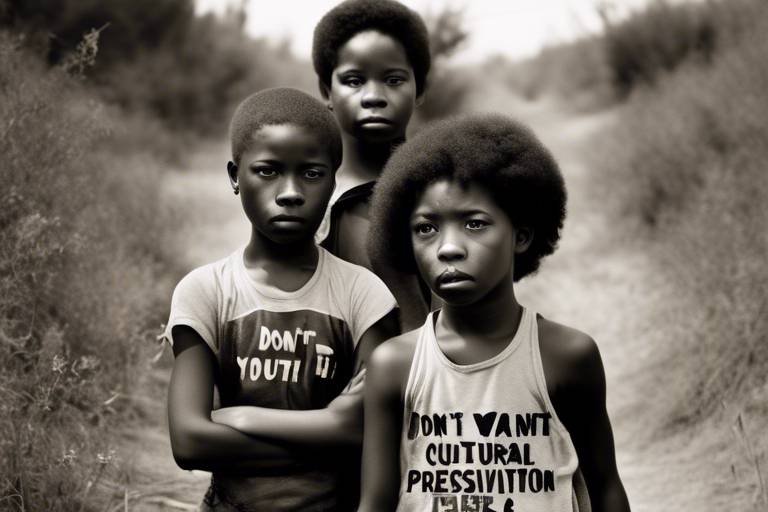The Impact of Urbanization on Cultural Heritage Sites
Urbanization poses significant threats to the preservation of cultural heritage sites worldwide. As cities expand and populations grow, the pressure on these sites intensifies, leading to various challenges that endanger their historical and cultural significance.
One of the primary impacts of urbanization on cultural heritage sites is the loss of authenticity. As urban areas develop rapidly, these sites often face alterations and modern constructions that compromise their original character. The charm and historical value of these sites can diminish due to commercialization and infrastructure projects, eroding their authenticity over time.
Furthermore, environmental degradation is a common consequence of urbanization around cultural heritage sites. Pollution, deforestation, and habitat destruction are prevalent issues that not only affect the surrounding ecosystem but also pose a threat to the long-term sustainability of these sites. The delicate balance between urban development and environmental preservation becomes increasingly challenging to maintain.
Increased tourism pressure is another significant concern associated with urbanization and its impact on cultural heritage sites. The surge in tourist numbers can lead to overcrowding, accelerated wear and tear on structures, and a higher risk of vandalism and looting. These detrimental effects jeopardize the integrity and preservation of these valuable historical sites.
Moreover, the lack of conservation planning in many urban areas exacerbates the vulnerability of cultural heritage sites. Without proper management strategies and protection measures in place, these sites are at risk of neglect, inadequate maintenance, and potential damage. The absence of a structured conservation approach leaves these sites exposed to decay and deterioration.
Urban sprawl and encroachment present additional threats to cultural heritage sites. As cities expand, they encroach upon these areas, leading to physical encroachment, land disputes, and the erosion of boundaries. This encroachment impacts the visual and historical context of the sites, altering their original setting and diminishing their cultural significance.
The construction of new infrastructure in urban areas further compounds the challenges faced by cultural heritage sites. Excavation, construction activities, and alterations to the site's surroundings can directly impact these historical landmarks, potentially causing irreversible damage. The clash between modern development needs and heritage preservation becomes a delicate balancing act.
Climate change vulnerability adds a new layer of complexity to the preservation of cultural heritage sites in urban settings. Rising sea levels, extreme weather events, and temperature fluctuations pose unprecedented challenges to these sites, requiring innovative solutions to protect them from the adverse effects of a changing climate.
Community displacement is a social consequence of rapid urbanization around cultural heritage sites. The displacement of local communities can result in social and economic disruptions, loss of traditional knowledge, and a disconnection between the site and its cultural roots. Preserving the cultural fabric of these sites becomes intertwined with addressing the needs of the communities affected by urban growth.
Despite the myriad challenges posed by urbanization, there are opportunities to leverage heritage tourism for sustainable development. By promoting cultural awareness, fostering economic growth, and engaging local communities, heritage tourism can play a vital role in safeguarding and preserving cultural heritage sites for future generations.

Loss of Authenticity
Urbanization poses threats to the preservation of cultural heritage sites worldwide. This article explores the various ways in which rapid urban development affects these sites and discusses potential solutions to mitigate these impacts.
As urban areas expand, cultural heritage sites may lose their original character and authenticity due to modern constructions, infrastructure development, and commercialization, diminishing their historical significance.
Modern buildings towering over ancient ruins, bustling commercial centers encroaching on sacred grounds, and flashy advertisements overshadowing historical artifacts - these are the scenes that unfold as urbanization sweeps across once pristine cultural heritage sites. The authenticity and charm of these places, steeped in centuries of history and tradition, are gradually eroded by the relentless march of progress. The very essence that makes these sites unique and irreplaceable is at risk of being lost forever in the wave of urban development.
Imagine a majestic temple, its weathered stones whispering tales of bygone eras, now overshadowed by skyscrapers and neon lights. The juxtaposition of ancient and modern creates a jarring contrast, robbing the site of its serene ambiance and spiritual aura. Tourists flock to capture selfies against the backdrop of historical wonders, oblivious to the fading authenticity beneath their feet.
To address this challenge, stringent conservation regulations, architectural guidelines, and community involvement are essential. Preserving the authenticity of cultural heritage sites amidst urbanization requires a delicate balance between progress and preservation, ensuring that future generations can experience the true essence of these irreplaceable treasures.
1. How can urbanization impact the authenticity of cultural heritage sites?
2. What measures can be taken to preserve the original character of these sites in the face of rapid urban development?
3. What role do local communities play in safeguarding the authenticity of cultural heritage sites?
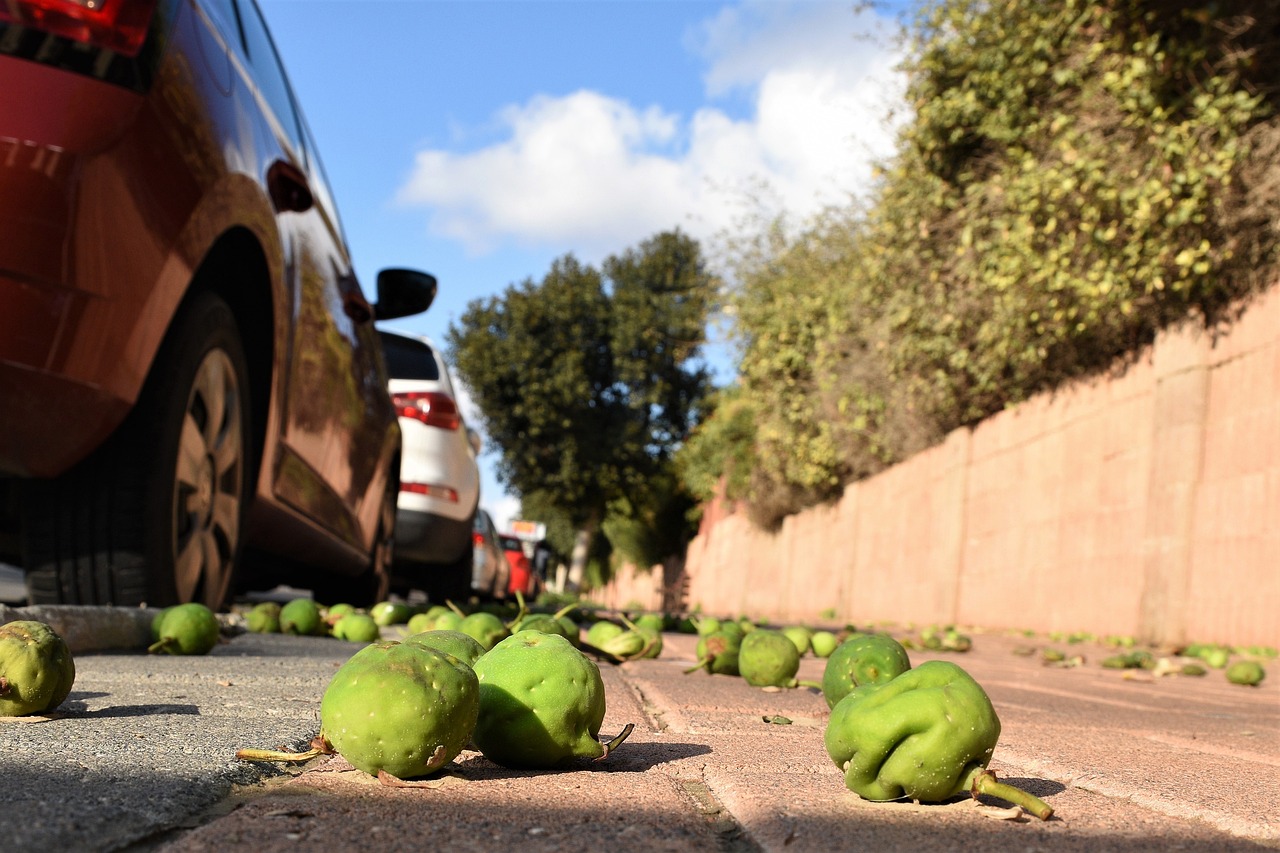
Environmental Degradation
Urbanization poses threats to the preservation of cultural heritage sites worldwide. This article explores the various ways in which rapid urban development affects these sites and discusses potential solutions to mitigate these impacts.
As urban areas expand, cultural heritage sites may lose their original character and authenticity due to modern constructions, infrastructure development, and commercialization, diminishing their historical significance.
Urbanization often leads to environmental degradation around cultural heritage sites, including pollution, deforestation, and habitat destruction, impacting the surrounding ecosystem and jeopardizing the site's long-term sustainability.
Rapid urban growth can result in a surge of tourists visiting cultural heritage sites, leading to overcrowding, wear and tear on structures, and an increased risk of vandalism and looting, threatening the site's integrity.
In many urban areas, the lack of proper conservation planning and management strategies for cultural heritage sites can result in neglect, inadequate maintenance, and insufficient protection measures, leaving these sites vulnerable to damage and decay.
Urban sprawl and encroachment pose significant threats to cultural heritage sites, as expanding cities encroach upon these areas, leading to physical encroachment, land disputes, and the erosion of boundaries, impacting the site's visual and historical context.
The construction of new infrastructure such as roads, buildings, and utilities in urban areas can directly impact cultural heritage sites through excavation, construction activities, and alterations to the site's surroundings, potentially causing irreversible damage.
Urbanization can increase the vulnerability of cultural heritage sites to the impacts of climate change, including rising sea levels, extreme weather events, and temperature fluctuations, posing new challenges to the preservation and conservation of these sites.
The rapid urbanization of areas surrounding cultural heritage sites can lead to the displacement of local communities, resulting in social and economic disruptions, loss of traditional knowledge, and a disconnect between the site and its cultural significance.
Despite the challenges posed by urbanization, there are opportunities to leverage heritage tourism as a tool for sustainable development, promoting cultural awareness, economic growth, and community engagement while safeguarding and preserving cultural heritage sites.
Environmental degradation is a critical issue that arises from urbanization and poses a significant threat to cultural heritage sites. The rapid expansion of urban areas often leads to increased pollution, deforestation, and habitat destruction in the vicinity of these sites. Such environmental degradation not only impacts the surrounding ecosystem but also directly affects the long-term sustainability and preservation of the cultural heritage sites.
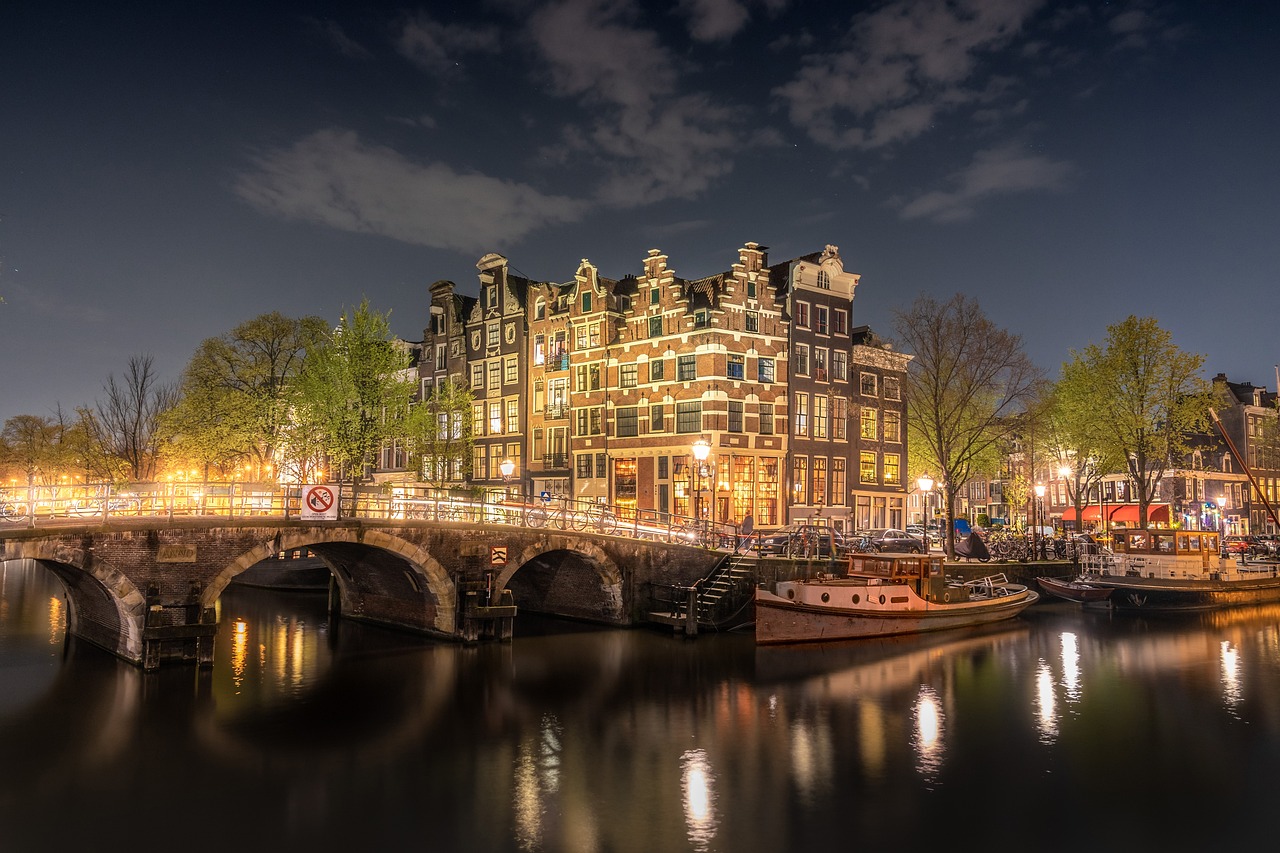
Increased Tourism Pressure
Urbanization poses threats to the preservation of cultural heritage sites worldwide. This article explores the various ways in which rapid urban development affects these sites and discusses potential solutions to mitigate these impacts.
As urban areas expand, cultural heritage sites may lose their original character and authenticity due to modern constructions, infrastructure development, and commercialization, diminishing their historical significance.
Urbanization often leads to environmental degradation around cultural heritage sites, including pollution, deforestation, and habitat destruction, impacting the surrounding ecosystem and jeopardizing the site's long-term sustainability.
Rapid urban growth can result in a surge of tourists visiting cultural heritage sites, leading to overcrowding, wear and tear on structures, and an increased risk of vandalism and looting, threatening the site's integrity.
In many urban areas, the lack of proper conservation planning and management strategies for cultural heritage sites can result in neglect, inadequate maintenance, and insufficient protection measures, leaving these sites vulnerable to damage and decay.
Urban sprawl and encroachment pose significant threats to cultural heritage sites, as expanding cities encroach upon these areas, leading to physical encroachment, land disputes, and the erosion of boundaries, impacting the site's visual and historical context.
The construction of new infrastructure such as roads, buildings, and utilities in urban areas can directly impact cultural heritage sites through excavation, construction activities, and alterations to the site's surroundings, potentially causing irreversible damage.
Urbanization can increase the vulnerability of cultural heritage sites to the impacts of climate change, including rising sea levels, extreme weather events, and temperature fluctuations, posing new challenges to the preservation and conservation of these sites.
The rapid urbanization of areas surrounding cultural heritage sites can lead to the displacement of local communities, resulting in social and economic disruptions, loss of traditional knowledge, and a disconnect between the site and its cultural significance.
Despite the challenges posed by urbanization, there are opportunities to leverage heritage tourism as a tool for sustainable development, promoting cultural awareness, economic growth, and community engagement while safeguarding and preserving cultural heritage sites.
Increased tourism pressure on cultural heritage sites can have detrimental effects on their preservation. The influx of tourists can lead to overcrowding, causing wear and tear on delicate structures and artifacts. Additionally, the commercialization of these sites to cater to tourists can compromise their authenticity and historical significance. Without proper management and regulation, the increased footfall from tourists can also escalate the risk of vandalism and looting, posing a serious threat to the integrity of these valuable cultural assets.
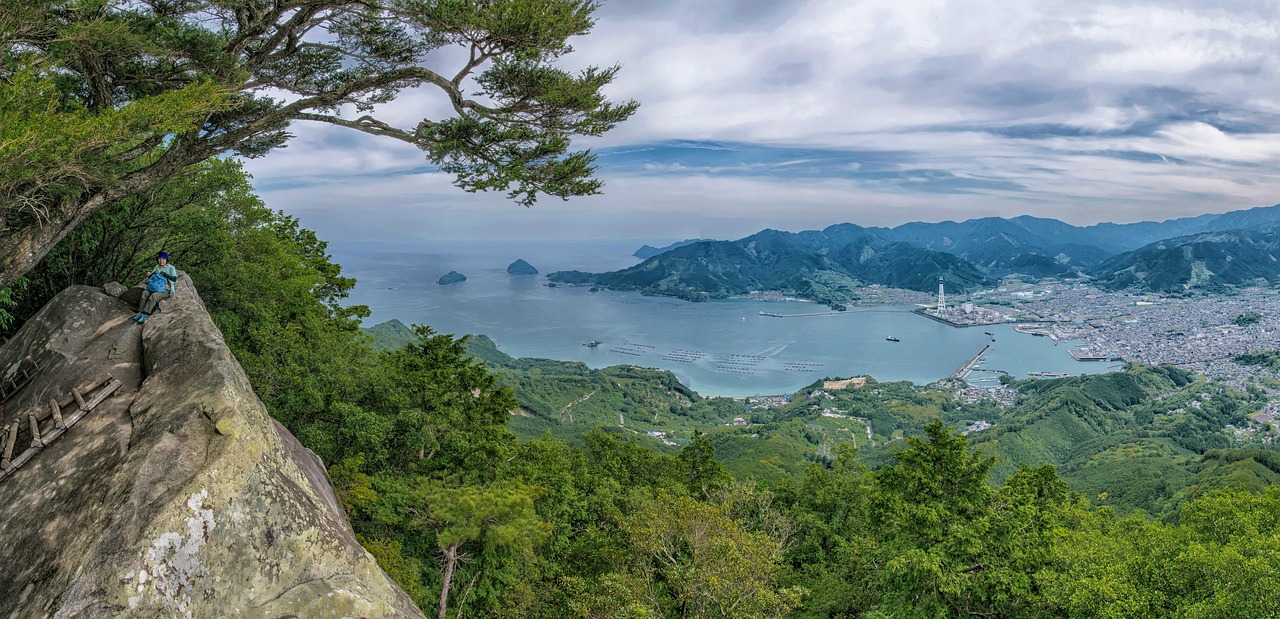
Lack of Conservation Planning
When it comes to the preservation of cultural heritage sites, the lack of proper conservation planning can have detrimental effects on these invaluable locations. Without adequate strategies in place, these sites are at risk of neglect, deterioration, and even irreversible damage. Conservation planning plays a crucial role in ensuring the long-term protection and sustainability of cultural heritage sites, yet many urban areas struggle to implement effective measures to safeguard these historical treasures.
One of the primary challenges stemming from the lack of conservation planning is the potential for neglect. Without a clear roadmap for preservation, cultural heritage sites may not receive the attention and care they require, leading to deterioration over time. Inadequate maintenance practices can accelerate the degradation of structures and artifacts, diminishing their historical and cultural significance.
Additionally, the absence of comprehensive conservation planning can result in insufficient protection measures for cultural heritage sites. This leaves these locations vulnerable to a range of threats, including vandalism, looting, and natural disasters. Without proper safeguards in place, these sites are exposed to risks that could have far-reaching consequences for their integrity and authenticity.
Moreover, the lack of conservation planning can contribute to a disconnect between the community and the cultural heritage site. When preservation efforts are not effectively communicated or integrated with local stakeholders, there is a risk of alienating the very people who should be involved in safeguarding these sites. Engaging the community in conservation planning is essential for fostering a sense of ownership and responsibility towards cultural heritage.
In addressing the issue of inadequate conservation planning, urban areas must prioritize the development and implementation of comprehensive strategies to protect and preserve cultural heritage sites. This involves conducting thorough assessments of the sites' condition, establishing conservation guidelines, and engaging with relevant stakeholders to ensure a collaborative approach to preservation. By investing in conservation planning, urban areas can safeguard their cultural heritage for future generations to appreciate and cherish.
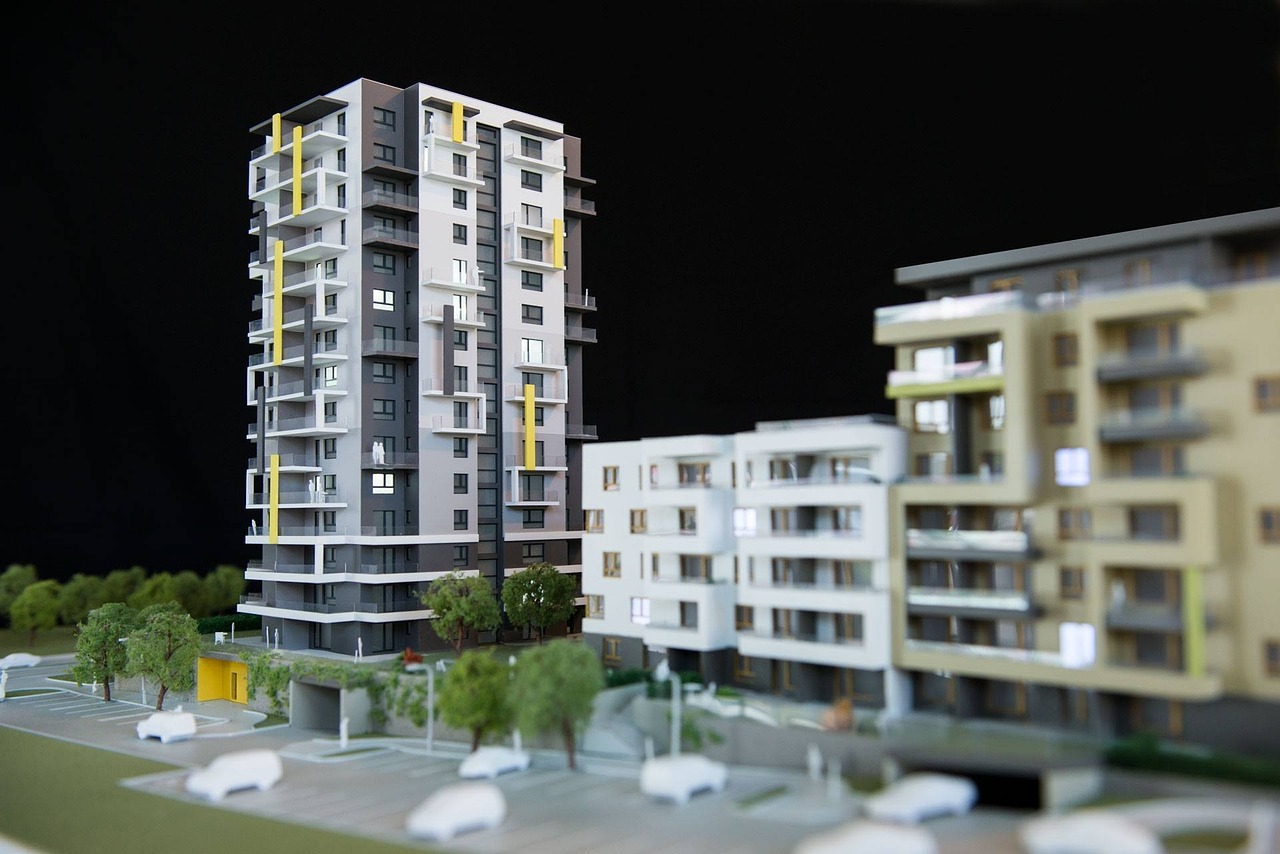
Encroachment and Urban Sprawl
Urbanization poses threats to the preservation of cultural heritage sites worldwide. This article explores the various ways in which rapid urban development affects these sites and discusses potential solutions to mitigate these impacts.
Urban sprawl and encroachment pose significant threats to cultural heritage sites as expanding cities encroach upon these areas, leading to physical encroachment, land disputes, and the erosion of boundaries, impacting the site's visual and historical context.

Infrastructure Development
Infrastructure development in urban areas plays a crucial role in shaping the landscape and functionality of cities. When it comes to cultural heritage sites, however, this development can pose significant challenges and risks. The construction of new infrastructure such as roads, buildings, and utilities often intersects with these sites, leading to potential damage and alterations that can impact their historical integrity.
Excavation activities related to infrastructure projects can unearth archaeological remains, disrupting the original context of cultural heritage sites. The construction process itself may involve heavy machinery and vibrations that could cause structural damage to ancient buildings or monuments. Additionally, alterations to the surroundings of these sites, such as changes in drainage patterns or land use, can have lasting effects on their preservation.
One of the key concerns with infrastructure development near cultural heritage sites is the potential for irreversible damage. Without proper planning and consideration for the site's historical value, the construction of new roads or buildings can encroach upon these areas, leading to visual and physical disruptions. The challenge lies in balancing the need for urban development with the preservation of these irreplaceable cultural assets.
Conservation efforts must be integrated into infrastructure projects to ensure the protection of cultural heritage sites. This may involve conducting thorough impact assessments, implementing mitigation measures, and incorporating historical elements into the design of new structures. Collaboration between urban planners, archaeologists, and heritage conservation experts is essential to navigate the complexities of infrastructure development in culturally sensitive areas.

Climate Change Vulnerability
Urbanization can increase the vulnerability of cultural heritage sites to the impacts of climate change. The rising sea levels, extreme weather events, and temperature fluctuations associated with climate change pose significant challenges to the preservation and conservation of these sites. The exposure to these environmental stressors can result in accelerated deterioration of structures, erosion of landscapes, and increased risks of flooding and erosion.
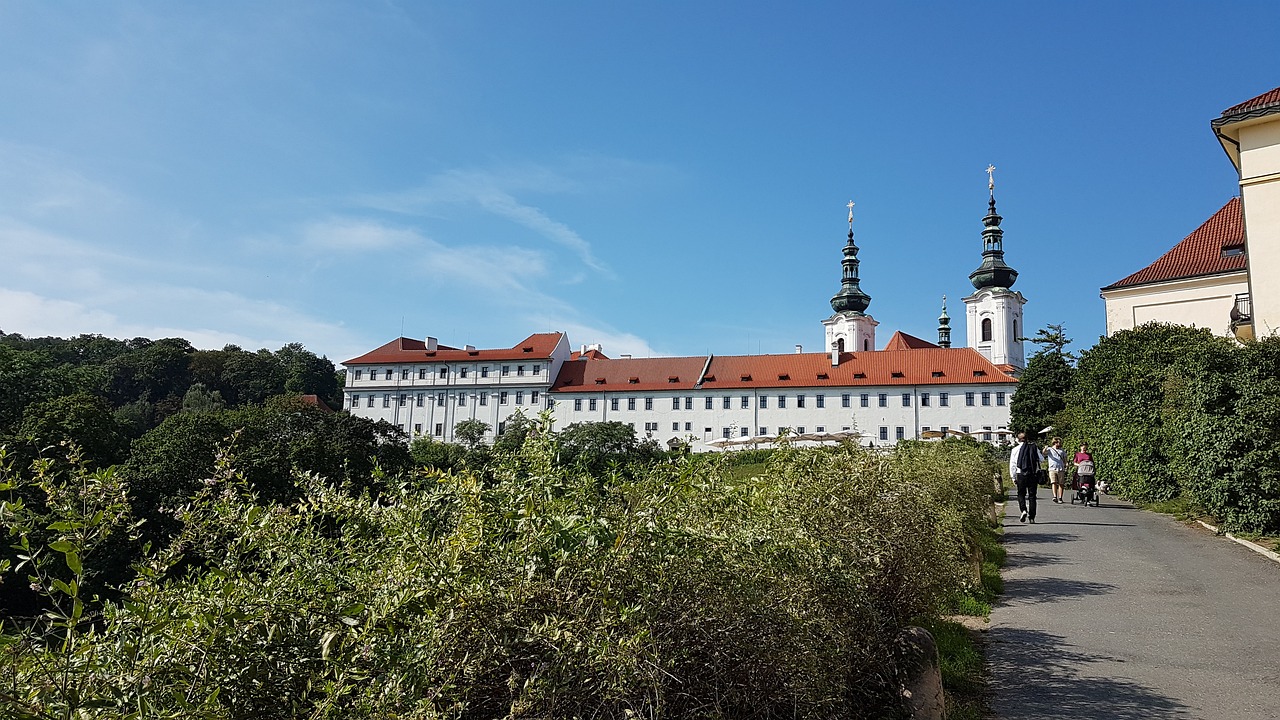
Community Displacement
Community displacement is a significant consequence of rapid urbanization surrounding cultural heritage sites. As cities expand and infrastructure projects advance, local communities often face displacement, leading to social upheaval and economic instability. The forced relocation of residents can result in the loss of traditional knowledge and cultural practices that have been passed down through generations.
Moreover, community displacement can sever the historical connection between the local population and the cultural heritage site, disrupting the symbiotic relationship that has existed for centuries. The displacement of communities can also lead to the erosion of social cohesion and the breakdown of community bonds, impacting the overall well-being of the affected individuals.
In some cases, community displacement occurs due to land acquisition for urban development projects, resulting in the loss of livelihoods and disruption of social networks. The lack of adequate resettlement plans and support systems can further exacerbate the challenges faced by displaced communities, leaving them vulnerable and marginalized in their new environments.
Efforts to address community displacement in the context of urbanization and cultural heritage preservation require a holistic approach that considers the social, economic, and cultural implications of such actions. Engaging with local communities in decision-making processes, providing alternative housing solutions, and preserving community ties are essential steps in mitigating the negative impacts of displacement.
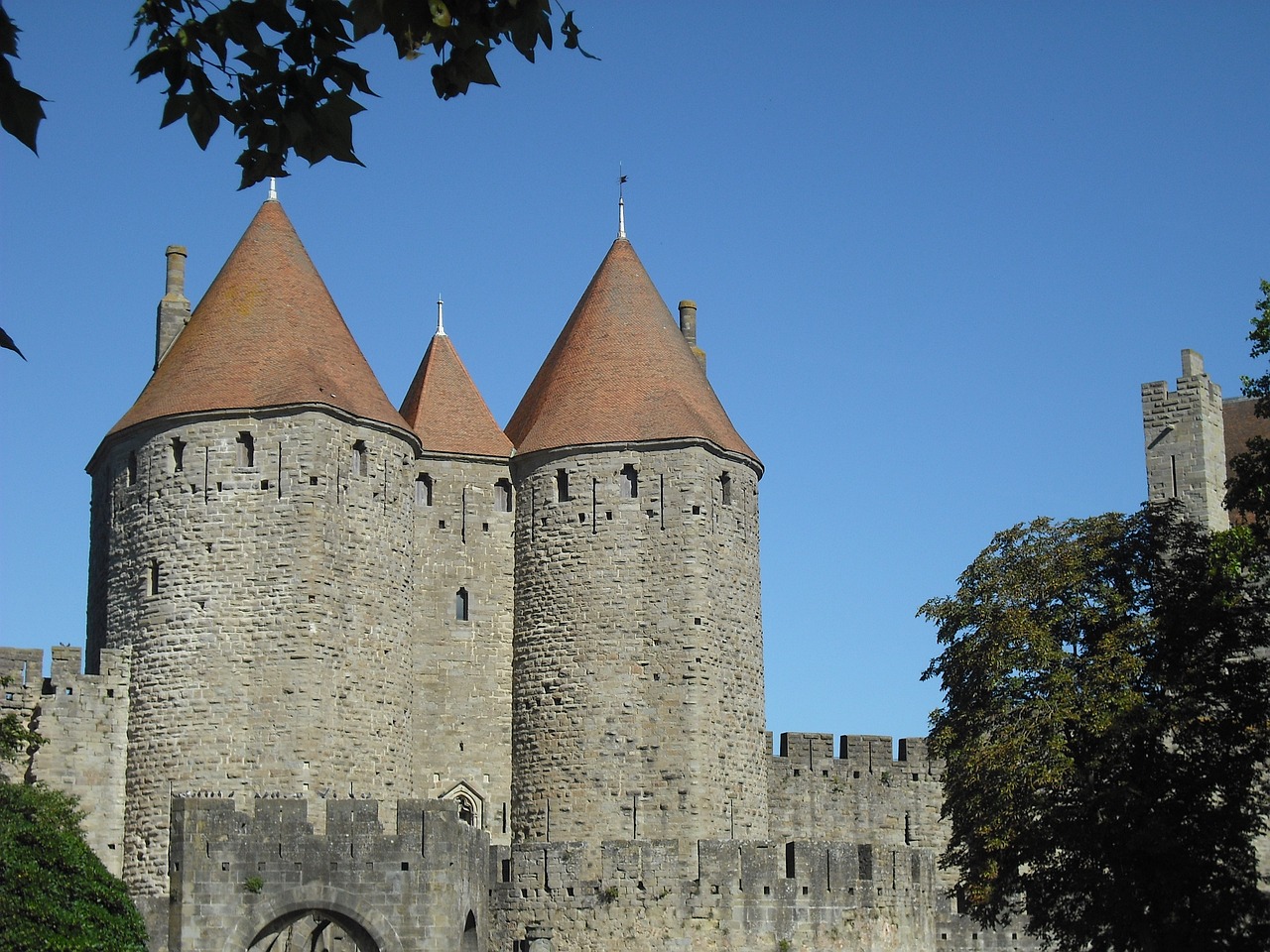
Heritage Tourism Opportunities
Urbanization poses threats to the preservation of cultural heritage sites worldwide. This article explores the various ways in which rapid urban development affects these sites and discusses potential solutions to mitigate these impacts.
Despite the challenges posed by urbanization, there are opportunities to leverage heritage tourism as a tool for sustainable development. Heritage tourism offers a unique chance to promote cultural awareness, stimulate economic growth, and enhance community engagement while safeguarding and preserving cultural heritage sites.
Frequently Asked Questions
- How does urbanization impact cultural heritage sites?
Urbanization can threaten the preservation of cultural heritage sites by causing loss of authenticity, environmental degradation, increased tourism pressure, lack of conservation planning, encroachment, infrastructure development, climate change vulnerability, community displacement, and heritage tourism opportunities.
- What are some examples of environmental degradation caused by urbanization?
Environmental degradation around cultural heritage sites due to urbanization can include pollution, deforestation, habitat destruction, and overall ecosystem disruption, all of which can jeopardize the long-term sustainability and integrity of these sites.
- How can urban sprawl and encroachment impact cultural heritage sites?
Urban sprawl and encroachment pose significant threats to cultural heritage sites by leading to physical encroachment, land disputes, erosion of boundaries, and disruption of the site's visual and historical context, ultimately putting the site's authenticity and significance at risk.








